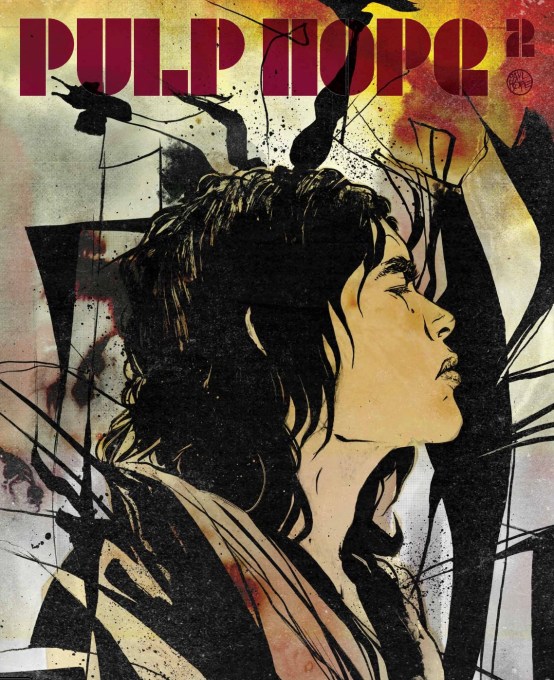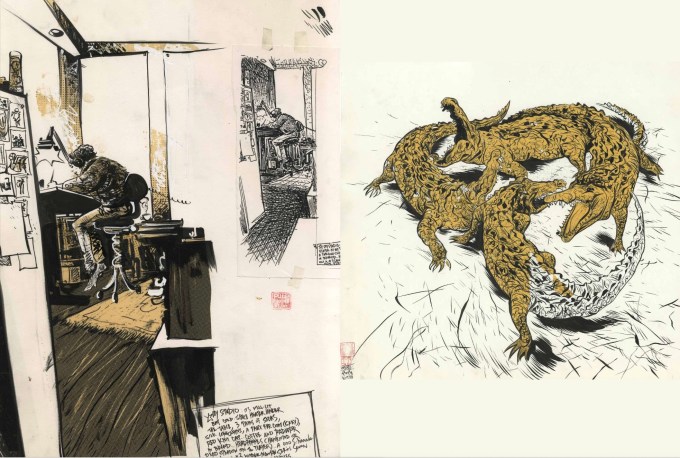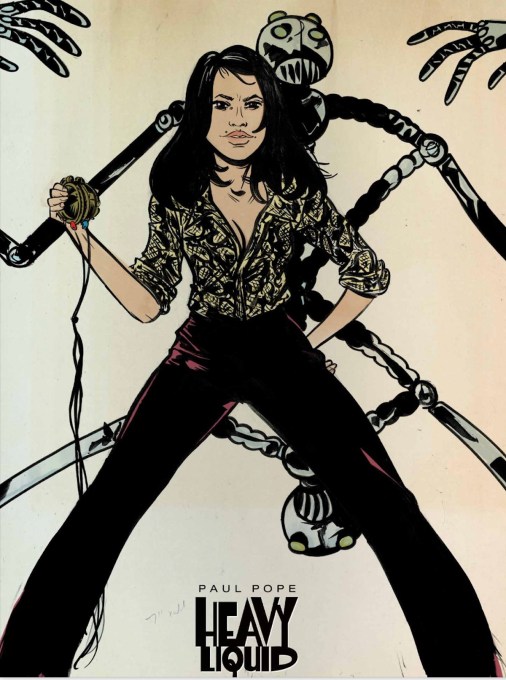Amidst the digital revolution, Paul Pope, a master of the analog art form, is making a significant comeback. Known for his intricately detailed and visually stunning comics ranging from the dystopian "Batman: Year 100" to the adventurous "Battling Boy," Pope has been a quiet force in the industry for over a decade. In a candid Zoom interview, he revealed the frustrations of working on unseen graphic novels, comparing the process to writing a novel that can take years to complete.



The drought of Pope's major works is set to end with a career-spanning exhibition at the Philippe Labaune Gallery in New York and an expanded edition of his art book, now titled "PulpHope2: The Art of Paul Pope," published in March. This is complemented by the upcoming release of the first volume of his self-published science fiction epic "THB" in the fall, part of Pope's strategic "chess moves" to reintroduce himself to the world.
Pope's return coincides with a period of tension in the comics industry, where publishers and writers are grappling with AI companies. AI tools are gaining popularity by copying the styles of popular artists, raising questions about the future of comic book artists. Pope, who has largely avoided digital tools in favor of traditional brushes and ink, is not dismissive of AI. He already uses it for research and admits it's "completely conceivable" that AI could replace comic book artists in the future.
The gallery show and the release of "PulpHope2" are not just about showcasing Pope's past work but also about providing a chronological look at the life of an artist, focusing on comics with rare and unseen pieces. Pope believes an artist needs to become their own curator, echoing Jack Kirby's philosophy that only the best 10% of an artist's work matters.
Pope's working style has remained largely analog, incorporating digital tools like Photoshop mainly for coloring and textures. Despite developing carpal tunnel syndrome, which led him to steer away from digital work, he still uses Photoshop daily, maintaining that most of his work is the "comics purism of ink on paper."
Pope's allegiance to traditional analog art is rooted in his connection to artists like Alex Toth, Steve Ditko, Moebius, and Frank Miller, who taught him the value of traditional techniques. He sees himself as a torchbearer for this art form, despite the increasing digitization of comic-making.
On the topic of AI, Pope is pragmatic, using it as a research tool but not for creative output. He views AI as a consultant, with a healthy skepticism about its accuracy and creative potential. Pope is more concerned about the broader implications of AI, such as surveillance and drone technology, than the potential for AI to replicate his art.
The legal and ethical questions surrounding AI and art are complex, with Pope drawing parallels to the unlicensed use of music in the '90s. He anticipates that these issues will be resolved through legal action, but the global nature of AI development makes regulation challenging.
Pope is not worried about his career being replaced by AI, believing in human innovation and the irreplaceable nature of human creativity. He argues that while AI can replicate human work, it cannot invent or create art from a place of personal history and emotional inflection.
Pope's upcoming collection of "THB" comics and the potential for "Battling Boy 2" are part of his strategic relaunch. Despite the challenges of working on large projects like "Battling Boy," which requires constant refueling with commercial work, Pope is reinvigorated by the upcoming releases, which he sees as a catalyst for his continued creativity and presence in the industry.